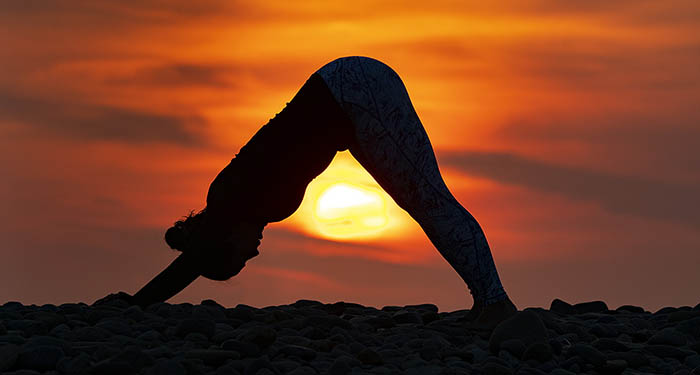Back Health Toolkit – Introduction

Our backs are a marvel of evolution. Complicated, robust, flexible, durable, our backs support us, hold us upright, and are involved in just about every activity or movement we perform. Without a strong, effective back, there’s not much we can do properly. But it’s fair to say that we take our backs for granted, at least that is until they stop performing as they should and start causing us discomfort or pain.
Central to our back is our spine, a series of linked bone discs (vertebra) connecting our pelvis to our skull, and housing nerves leading to all parts of our body. The spine is supported and articulated by a complicated series of muscles, enabling us to bend, lean and twist, and to move our head, shoulders and hips. Our spine is designed to sit naturally in a gentle ‘S’ shape, but also to move and bend according to our need. If our posture is good, meaning that we hold our spine in its intended position, we are much less likely to experience back problems as we age. If on the other hand our posture is poor, meaning that we hold our spine in a different – incorrect – position, the muscles which interconnect our vertebra will be placed under extra strain, and may ultimately fail, causing back injury and pain. These types of back problem are often proceeded by warning ‘twinges’, highlighting that now is the time to do something about it!
Key to improving or resolving this type of back problem is to correct our posture, and we already know that Pilates is ideal for this purpose. To do so, we must selectively strengthen and stretch the muscles supporting our backs, along with those of the neck, shoulders, abdominals and pelvis. When our whole body is held correctly, our spine should form its correct natural curve.
We may also have injured our back at some point in a fall or other accident, and be experiencing ongoing stiffness, discomfort or pain as a result. If you have injured your back in this way, the extent and specifics of the problems you experience will be unique to you, but provided it is not a new injury (acute stage), and provided your doctor or physiotherapist has given you the OK to resume exercise, we can often improve things through Pilates by strengthening and mobilising the spine, as well – of course – by getting our posture right, as discussed above.
Jane Mackenzie’s Back Health Toolkit is designed to help you in exactly this way. Through a series of exercise videos with accompanying text, you will learn to correct your posture, strengthen the muscles supporting your back, and to gently mobilise your back to allow it to move as it should. We’ll also cover a range of things you should and should not be doing when exercising, and also look at the correct technique to protect your back when performing a range of everyday tasks. We also include some full classes for strengthening and mobilsing the back.
Jane Mackenzie talks more about back health and this toolkit
To Begin…
Enrolled participants, please go to the Back Health Toolkit Contents page or select from the menu on the left.
Visitors who would like enrol, please return to our Back Health Toolkit Main Page.

